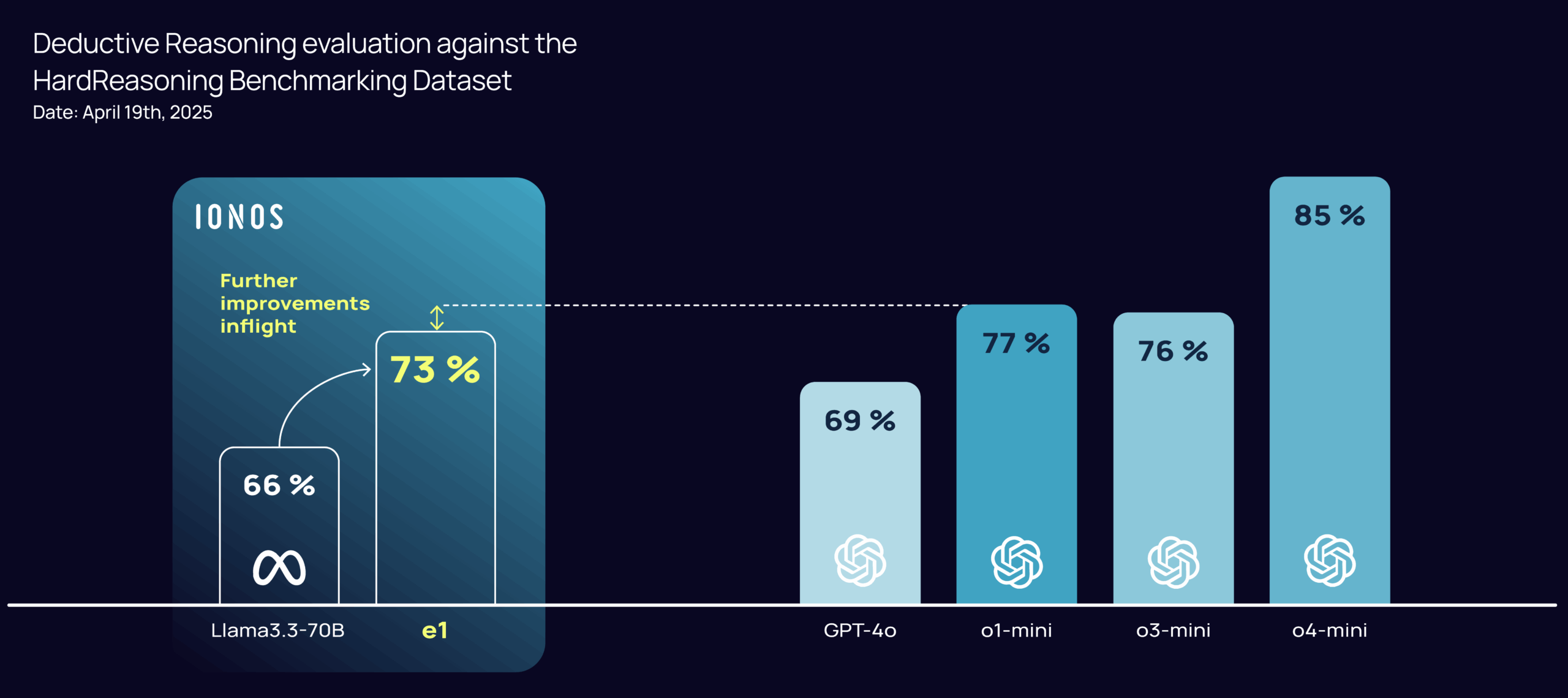The era of models is coming to an end—intelligent systems are taking their place.
Language- & Reasoning Models are no longer scaling
Language models have fascinated us. With each new generation, the parameter counts grew, the complexity of the training data increased, and the linguistic finesse improved. Yet, the larger the models became, the more apparent it is: progress is visibly losing momentum. The performance gains are increasingly disproportionate to the costs. Economically, ecologically, and operationally, this scaling path is hitting its limits.
Furthermore, larger models are not automatically smarter, more reliable, or more secure—on the contrary: with growing complexity, instability, loss of control, and the risk of unnoticed malfunctions increase. What remains is a growing disparity between effort and effect. The belief in size as the sole scaling path increasingly seems outdated.
The sober realization is this:
Size alone is no longer enough.
The belief in model size as the sole path to “intelligence” is not just obsolete—it was an illusion from the start.
Architecture trumps Size—Systems as the new Paradigm
Where quantity hits its limits, the quality of the structure comes to the forefront. We believe the next stage in the evolution of artificial intelligence will not be ushered in by even larger models, but by better cognitive architectures.
In this approach, intelligence no longer arises from sheer computational capacity, but from the orchestrated interplay of multiple components: decision-making instances, context-sensitive memory, normative review mechanisms, action control—all of this together forms a system that can achieve more than any single component.
Such systems not only behave more intelligently but also more transparently, controllably, and robustly. They do not deliver mere probabilities, but well-founded decisions. They do not just generate language; they assume responsibility.
Systems create structure where models merely produce output. Systems change the probability space through context switching, where models merely generate the next suitable sequence—whether logical or not.
Systems are Superior to models in three Dimensions
The transition to system architecture is not just a change in perspective—it marks a new paradigm. Systems are superior to models in three central aspects:
1. Intelligence
Models generate language. Systems assume responsibility. Through deductive reasoning, rule-based review, and contextual embedding, a new quality of cognitive agency emerges. It is not based on probability distributions, but on rule-guided judgment—and is thus substantially more intelligent.
2. Efficiency
Systems use resources purposefully. Instead of billions of parameters, they use specialized components: lightweight models for language understanding, symbolic logic for rule application, vector and graph databases for contextual navigation. This reduces complexity, saves costs—and increases precision.
3. Reliability
Systems are traceable. Their architecture allows for auditability, rule transparency, and compliant behavior—even under changing conditions. They remain stable where models drift.
Models produce outputs—systems make decisions that are formally verifiable.
e1 as the first real Proof
With e1, we deliver the first technological breakthrough of the new paradigm. e1 is not another reasoning “model,” but the cognitive core of an intelligent system. It combines a proprietary Reasoning Engine with compact language models—and thus acts as an independent thinking and decision-making AI.
In e1, the control of the probability space is systemically integrated into the AI: the Reasoning Engine—based on Reasoning Schemata, embedded axioms, and dynamically generated content artifacts—takes over the structured shaping of the probability space in which the language model operates (through targeted, controlled context-narrowing).
For each request, a formally verifiable process chain is individually created, independently processed by the system, and secured by embedded validations. Through the active control of the probability space, higher-quality hypotheses, higher-quality derivations, and more reliable validations emerge.
With this approach, e1 is within striking distance of the leading reasoning models—all without training overhead and at a fraction of the resource consumption.

In the ratio of capital investment to impact, e1 marks a turning point:
Not model mass, but the system architecture determines the next quantum leap in quality.
e1 is not another contribution to the model arms race.
e1 ends it.
Because we are leaving the old paradigm behind—and creating a new one.
e1 is not just a technical innovation—it is the architectural manifestation of a new understanding of AI.
Conclusion: A new scaling Path
The era of the model-centric mindset is ending. Cognitive system architectures are not “the next step”—they open up a completely new path for scaling powerful, responsible AI in the context of text-based decisions and actions.
The focus is shifting:
- from model size to system performance,
- from probabilistic output to normative judgment,
- from a technical facade to functional integrity.
We stand at the beginning of a new era—an era in which not the largest model wins, but the system with the most powerful and secure cognitive architecture.
Whoever recognizes this change will not just help shape the future of AI— they will define it.
The future of AI is no longer decided solely in the models—but through the active, targeted, and controllable steering of the probability spaces in which they operate.